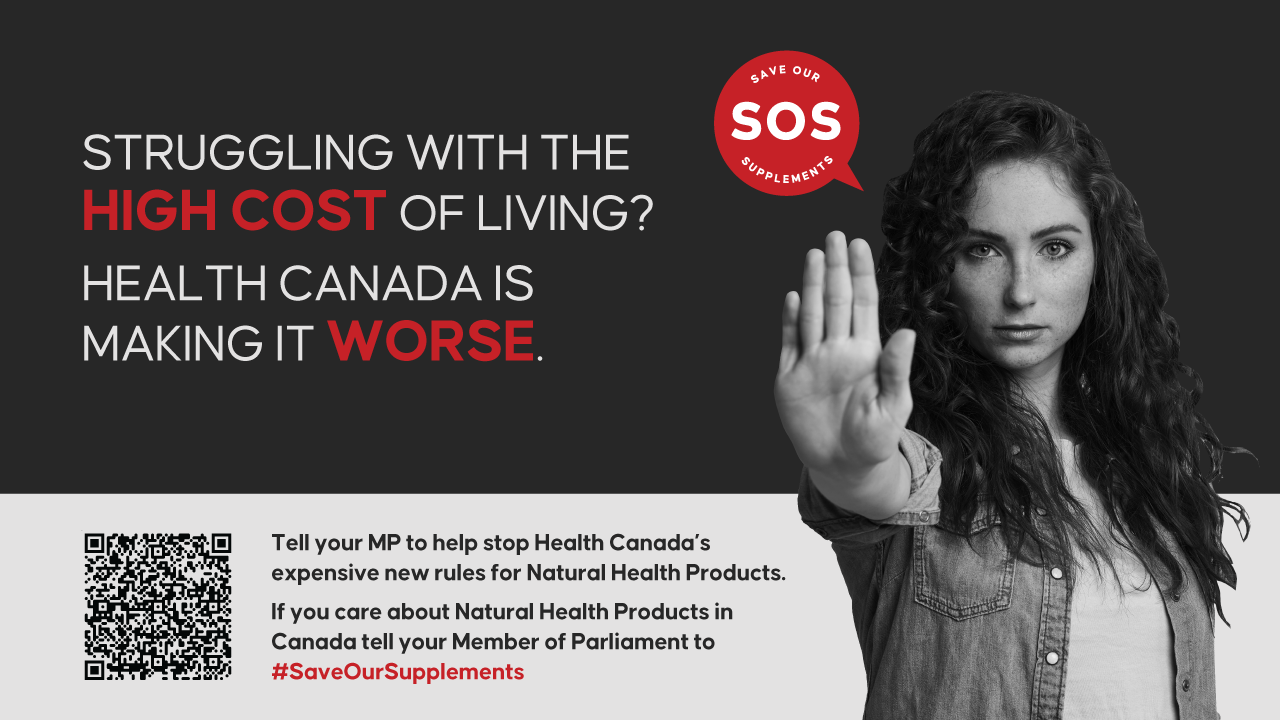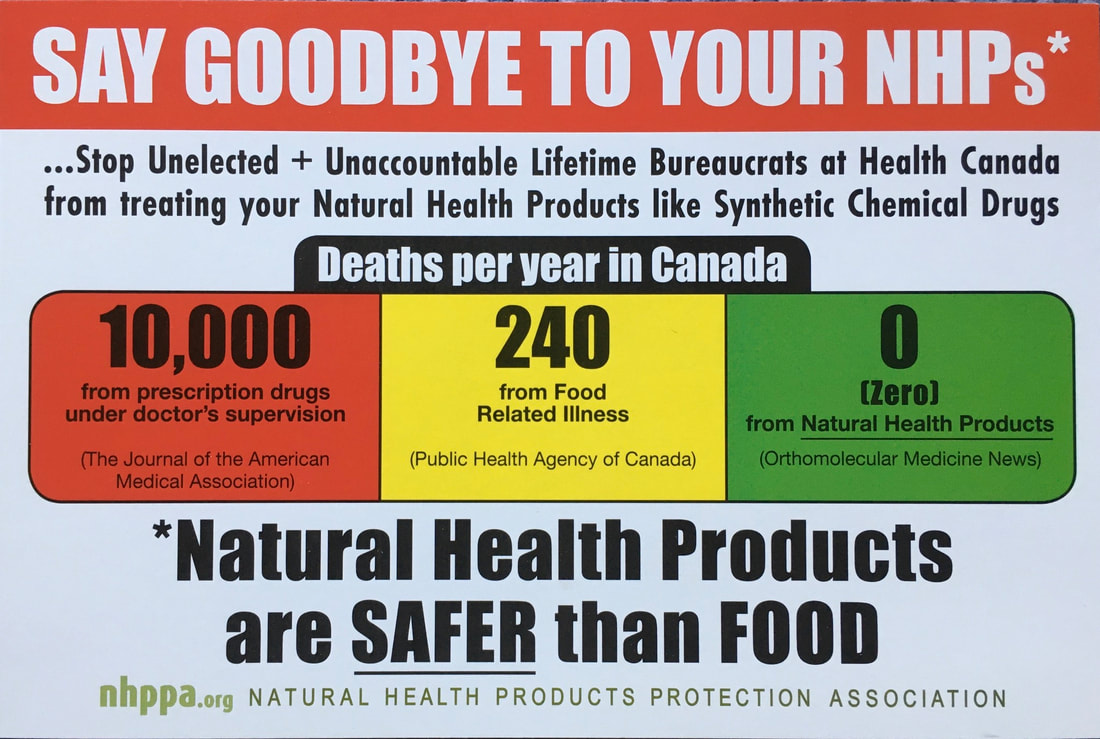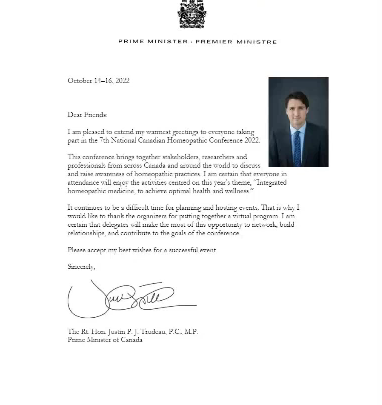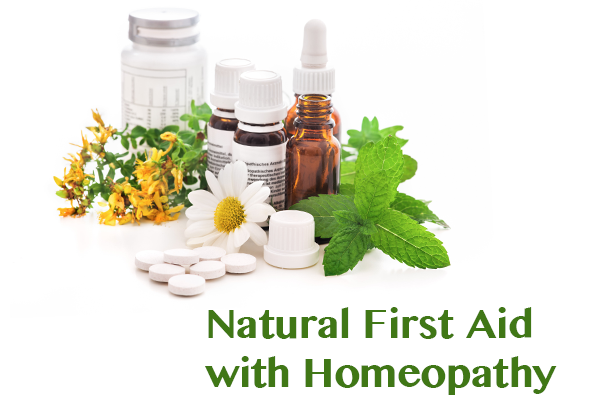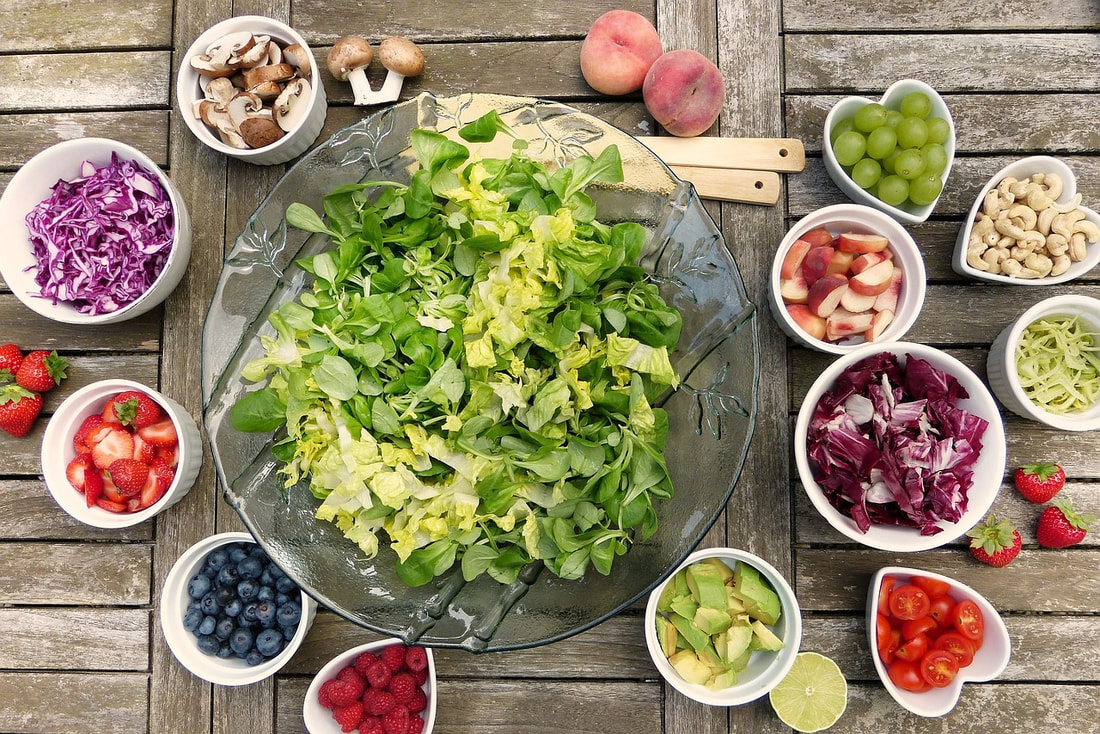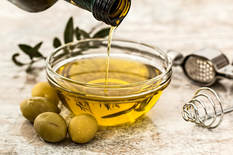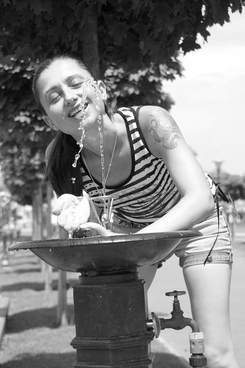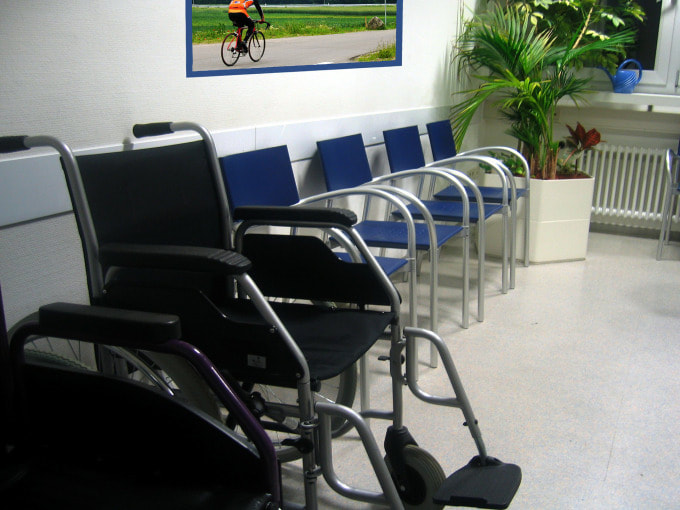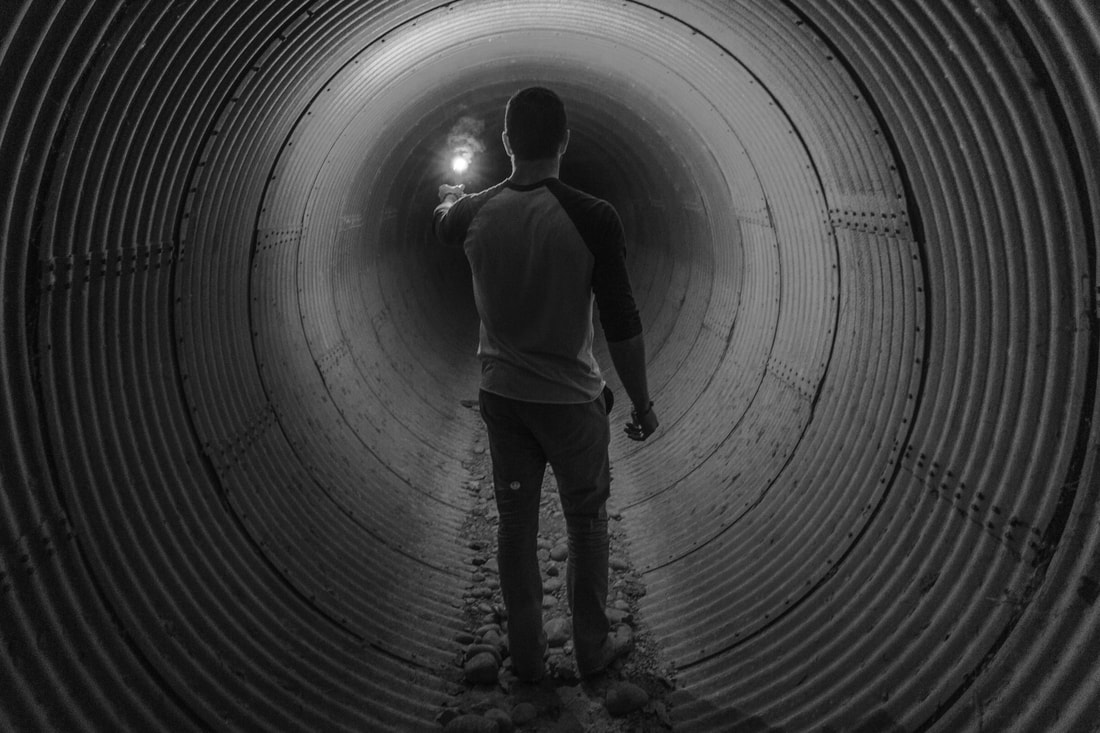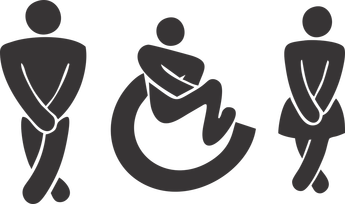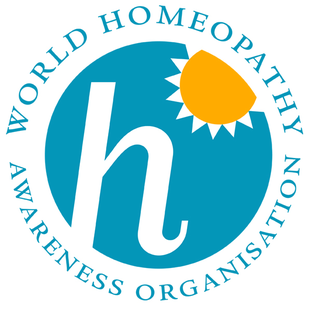Major Regulatory Changes by Health Canada planned for the Natural Health Product Industry in 202423/4/2024 Health Canada (HC) is attempting to again categorize Natural Health Products (NHP's) under the same umbrella as pharmaceutical drugs and this was covertly done through the 2023 Federal budget, Bill C-47 (clauses 500-504). What does this mean for the industry? As it stands, these changes place an increased burden on the regulated domestic industry, driving increased costs and lower product availability for Canadians while failing to address the risks of unregulated products.(1) The history.(2) Health Canada has been attempting this since 1997! That year there was a massive protest labeled "Our Foods Are Not Drugs" and it was the largest protest in Canadian history up to that point. Not Health Canada's Jurisdiction A lawsuit was launched in 1997 asserting that Natural Health Products were out of Health Canada's legal jurisdiction for two reasons:
The mass of protests and lawsuit stopped the regulation changes at the time, however Health Canada instead of giving Natural Health Products a truly distinct class as was recommended, placed them as a subclass under "DRUGS," although with a separate set of regulations. This meant that in 2004 when regulations could be applied, about one third of the NHP’s on the shelves at the time were lost to Canadians, and although some returned to the shelves most still haven't. Of course over time the price of NHP’s also went up due to the cost of compliance to the new regulations. Canadians basically traded quality assurance of Natural Health Products for higher prices. (If you don’t believe it check out the list of lost products.) In 2007, Bill C-51 attempted to amend the Food & Drugs Act in order to legally place Natural Health Products along with chemical pharmaceutical Drugs and apply $5 MILLION-per day fines to any NHP manufacturer that did not comply with the rules. Only due to a mass protest from Canadians did they yet again back down. Rumour is that this eagerness to change the regulation for NHPs came from a very tiny group of 4 Health Canada bureaucrats. Regarding the current changes in 2023, only 2 bureaucrats have been identified as driving this current attempt. Basically, if 70% of Canadians use natural health products, then only a few people are trying to negatively affect the lives of 28 million Canadians. Why? In 2017 Health Canada tried once more to treat NHPs the same as Drugs in their proposed "Self-Care Framework". Once again citizens and other stakeholders mounted a "strong opposition to changing the way natural health products are regulated." Health Canada had to step down and wait once more.(3) (2 con.) Until 2023, NHPs were specifically exempted from the definition of "Therapeutic Products" within Vanessa's Law (The Protecting Canadians from Unsafe Drugs Act) . “As of June 22, 2023, the powers conferred by the Protecting Canadians from Unsafe Drugs Act (Vanessa's Law) apply to natural health products (NHPs). This is because the definition of "therapeutic product" has been revised in the Food and Drugs Act to include natural health products.” Now Health Canada had eliminated the specific exemption NHP's had under the law, forcing them under the same umbrella as chemical pharmaceuticals. They accomplished this by covertly tacking the change into the 2023 budget Bill C-47! This means that NHP companies can no longer challenge Health Canada in court as they did in 1997. The fact that no Canadian has died from an NHP becomes irrelevant. Drugs and NHPs were considered parallel in concern and regulation despite the fact that:
Based on the respective populations, Canada's rates are approximately 10% of the US. This would equate to over 20,000 - 30,000 Canadian deaths from pharmaceuticals that each year. Multiply this number by 68 years and the total becomes over 1 million deaths. One million deaths compared to zero, yet NHP’s are regulated as if they have the same risk to the public as pharmaceuticals. What is Their Real Motivation? Is it lobbying by the pharmaceutical industry against competition? Or yet another tax and fee grab by the Federal government that means prices will rise once again in your shopping cart? It also isn’t totally clear why so many Canadians are either unaware or not prepared for the changes, the last time this hit the news was months ago yet the deadline for the Health Canada Feedback on revisions to proposed fees for natural health products is May 25th 2024, extended from April 2024. The deadline was extended and some revisions to the regulations made only BECAUSE the Industry and the Canadian public sent so many letters, emails, postcards to Parliament and because key stakeholders like the Canadian Health Food Association and the Natural Health Product Protection Association have created strong campaigns. The two main issues regardless of the motives are:
If a manufacturer doesn't immediately heed a demand to recall a product, the maximum penalties would be $5-million-dollars-a DAY! These fees will be significant. Over 80% of the NHP industry is comprised of small and medium size businesses, and these companies can’t afford massive bills from Health Canada. Some small businesses calculate these bills could be over $300,000 each year, plus all the taxes these companies already pay to the federal government, including Health Canada. Up to 80% of these small companies are run by women so the government is not supporting women run small business as they often promise us they are. Up to 30-35% of the Canadian NHP industry could close or leave Canada. In addition to the obvious Health Canada fees, there are a multitude of hidden fees. For an example, Health Canada is mandating that all product labels be changed. These changes will require substantially larger labels without providing any significant additional information. For some NHPs this will require doubling the packaging size simply to accommodate a larger label. This will cause an increase in the size and cost of packaging as well as the expense required to ship products. This will be wasteful, expensive and harmful for the environment. Redesigning each label (which will need new regulatory approval) could cost some small businesses over $200,000 in the first year. Without any changes to regulations Canada has some of the best supplements in the world. Current regulations require products, manufacturers, importers and distributors to register with Health Canada, maintain licenses and follow rules, which already includes requiring Health Canada approvals of formulas (to ensure safety and efficacy), claims, cautions, and labels.(6) How will the changes affect you? Increased Prices & Lack of Availability. Many brands available today will see dramatic price increases or stop existing in Canada altogether. Decreased Product Choice Brands will face difficult decisions regarding their profitability. More than 70% of surveyed companies said they would need to remove their products from the Canadian market. No Love for Local Canada has some of the most innovative supplement companies. For the most part (over 80%) these are small, local businesses that will not be able to navigate or afford increasingly complex and expensive regulations. They will be priced out of business, further limiting the product choice and innovation. Nothing New 1 out of 5 brands are thinking about leaving the Canadian market. Exciting new international brands will likely not come to Canada because the regulatory burden and costs will be too severe. Environmental Burden New labeling requirements are dramatically increasing the amount of packaging (for the same amount of product), reducing recyclability, adversely impacting the environment and further increasing costs. Strangled by Red Tape Red tape will make it harder for brands. Not just a higher cost of doing business but also increased packaging and label sizes, these issues will result in price increases and brands to rethink the viability of many products, both existing and future.(6) The CHFA (Canadian Health Food Association) conducted an economic impact study with Deloitte to understand how the labeling changes will impact the NHP industry.
What can you do to act because time is running out? Go to Save our Supplements and follow their action plan:
Go to The Natural Health Products Protection Association (NHPPA) and follow their plan of action.
Never doubt that a small group of thoughtful, committed citizens can change the world; indeed, it's the only thing that ever has. ~ Margaret Mead --- 1. https://chfa.ca/en/Advocacy/NHPs 2. https://www.optimumhealthvitamins.ca/blogs/health-wellness/enjoying-your-natural-health-products-not-for-long 3. Globe and Mail, April 1st, 2017 4. Our prescription drugs kill us in large numbers. https://pdfs.semanticscholar.org/83aa/50e9e74b36127246498275b0fe01f969d743.pdf 5. https://ethics.harvard.edu/blog/new-prescription-drugs-major-health-risk-few-offsetting-advantages 6. Joel Thuna, MH, www.globalbotanical.com Dr. Shiv Chopra published an insider’s book about Health Canada called Corrupt to the Core. Maybe they don’t have your best interests in mind?
0 Comments
I am really happy the Federal Government, provincial government of Ontario and the Prime Minister have finally acknowledged homeopathy and the Ontario Homeopathic Medical Association! This is a game changer for homeopaths and in turn people, pets, animals, plants and farms in Canada. |
Lauren TrimbleHomeopath and Holistic Practitioner. Archives
October 2022
|

